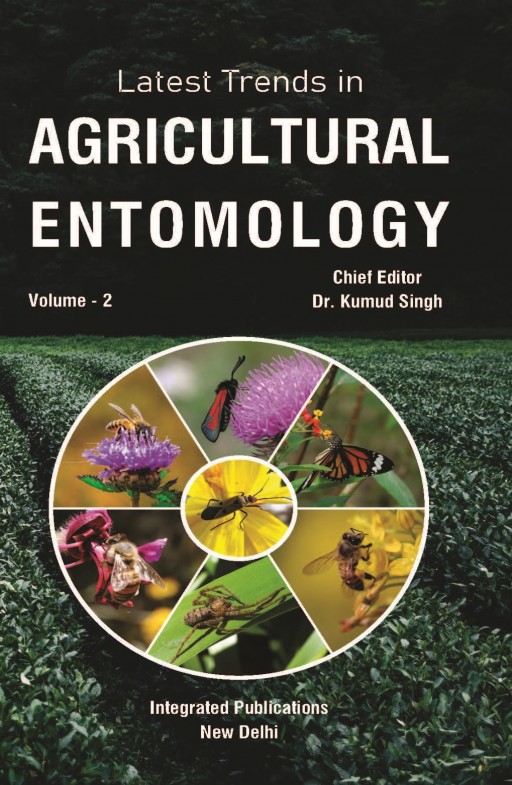Root-Knot Nematode Problem and Their Management in Cotton Crop


Cotton (Gossypium spp.) commonly known as ‘white gold’ belongs to family Malvaceae is an important cash crop and widely grown throughout the world. India is the largest producer of cotton in the world which accounts about 26 percent of total world’s cotton production. This crop is commonly grown in states like Madhya Pradesh, Maharashtra, Gujrat, Uttar Pradesh, Haryana, Punjab, Andhra Pradesh etc. The cultivation of cotton is subjected to various constraints like biotic (insect-pests and diseases including plant parasitic nematodes) and abiotic factors (rainfall, temperature, humidity, soil type, soil chemicals and pH etc.). Among biotic factors, plant parasitic nematodes (PPNs) are responsible for causing accountable loss (~15-25%) to cotton crop. The most damaging PPN species are root-knot nematode (Meloidogyne spp.), reniform nematode (Rotylenchulus reniformis), lesion nematode (Pratylenchus sp.), sting nematode (Belonolaimus longicaudatus) and lance nematode (Hoplolaimus spp.) etc. Among them, root-knot nematode alone is most devastating species, besides this, it also causes yield loss by forming disease complexes with other plant pathogens (fungi, bacteria, viruses etc.). So, there is great need to manage these tiny organisms so that maximum quality yield can be taken.